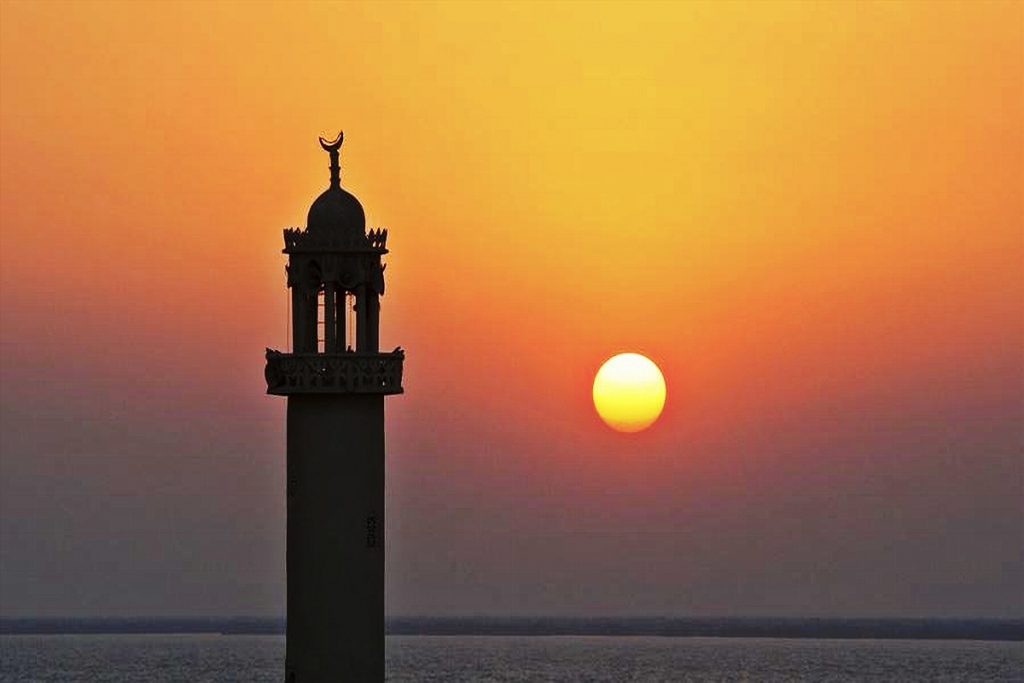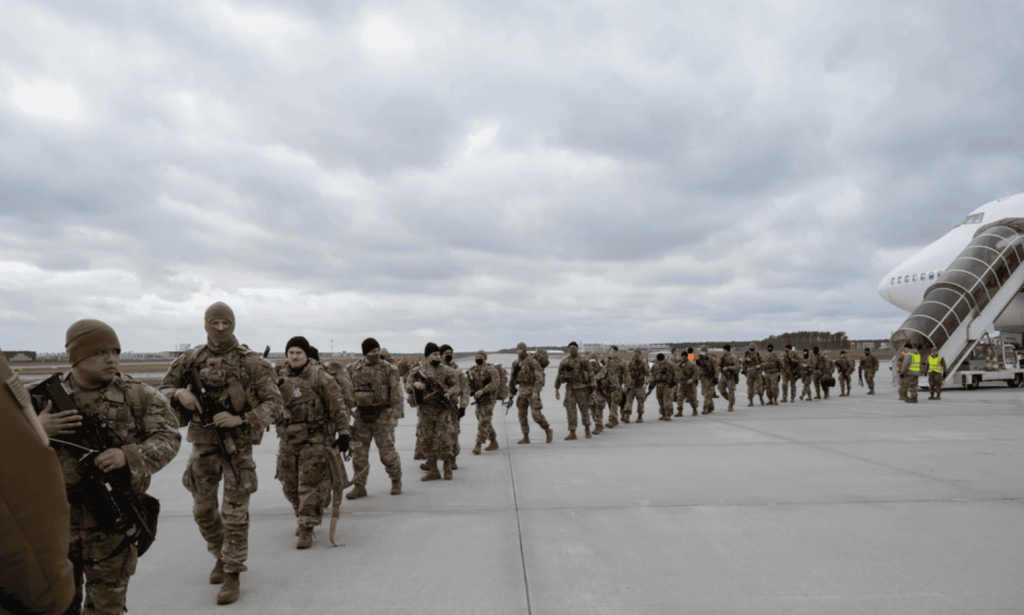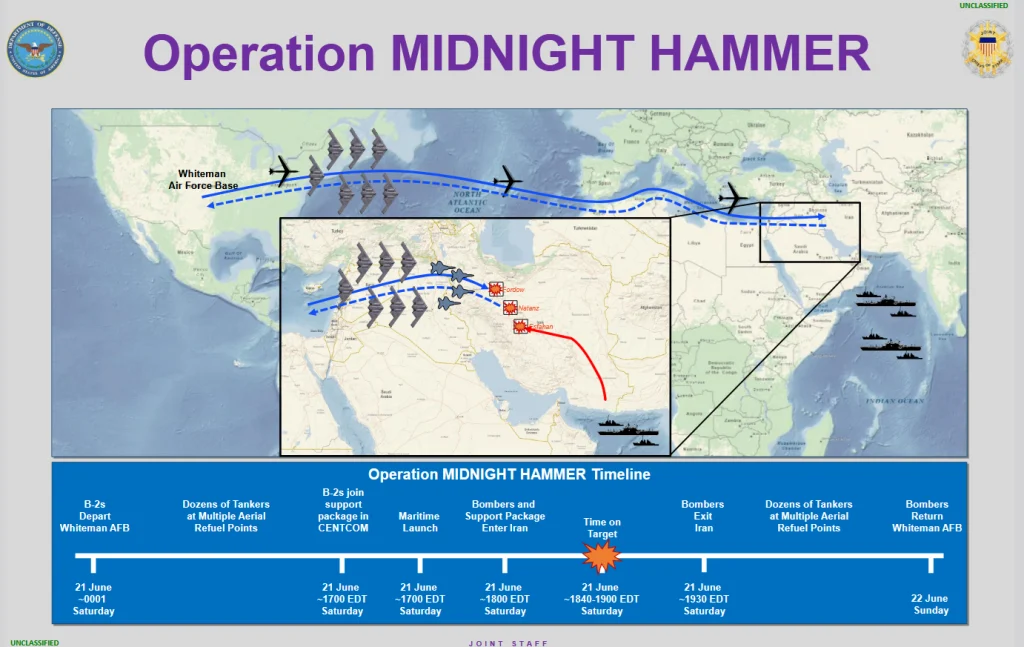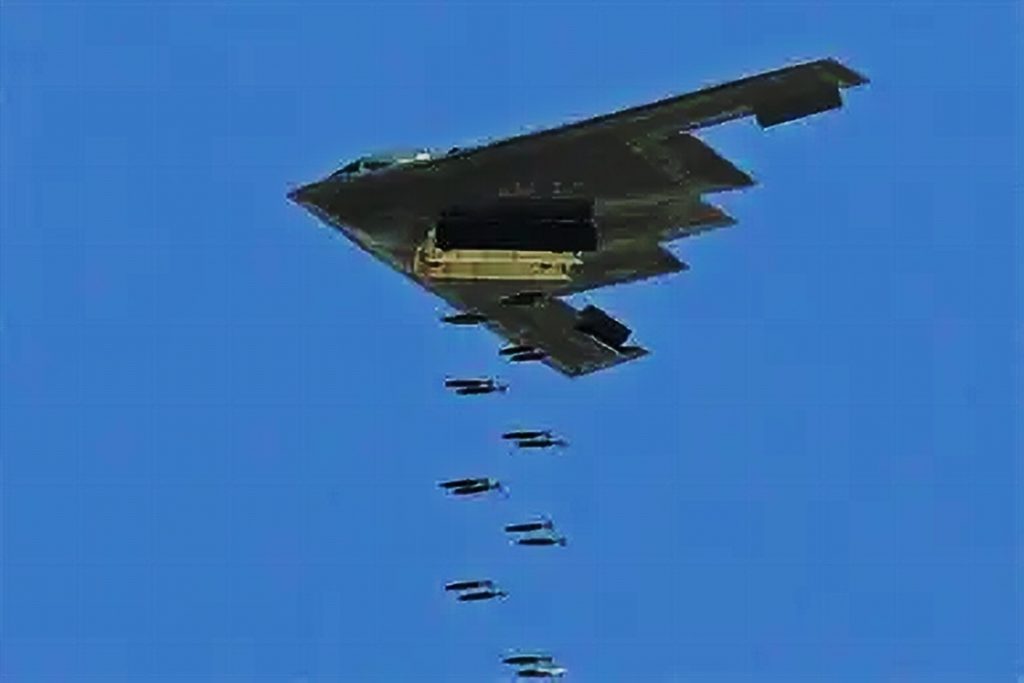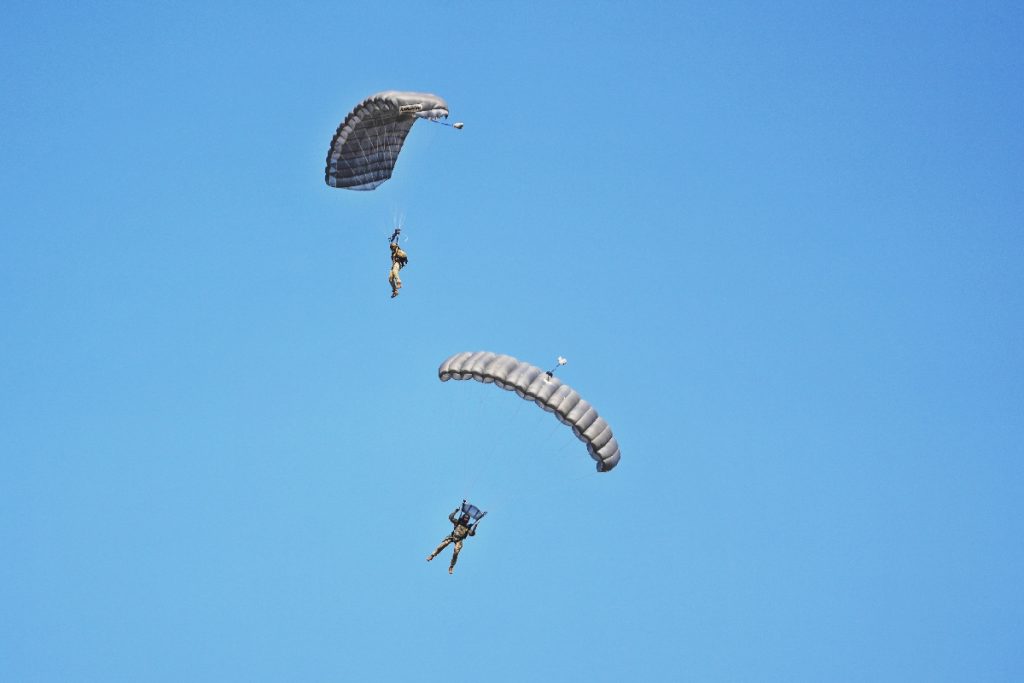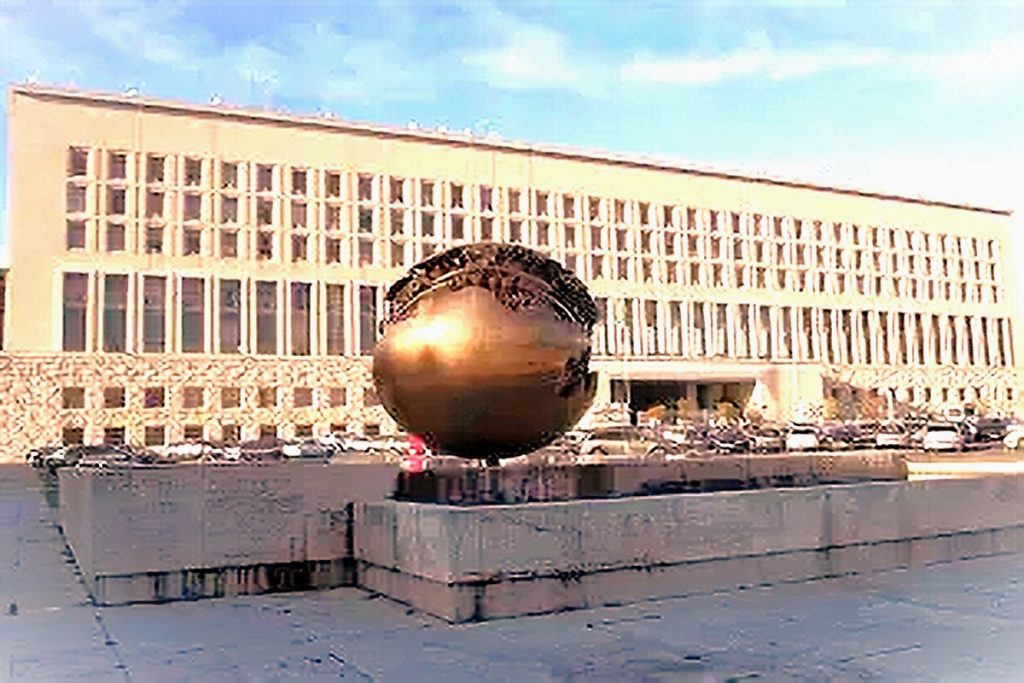9 November 1971: the drama of 'Chalk 4'.


Livorno, 9 November 1971. We are in the midst of the Cold War and the role Italy plays on the international political scene is strategically very important for the NATO, the spearhead of his Army, the Folgore Parachute Brigade, will be for the Soviets, in the event of a war conflict, the first major spearhead against which they will have to contend.
The exercises to which the Folgore is subjected are intense. We are on our way to Sardinia, from Pisa's San Giusto airport, for the NATO exercise called Cold Stream (cold current).
396 paratroopers at the launch, divided into 10 aircraft 15 seconds apart. It was an impressive exercise, the likes of which had never before been carried out in the history of the Italian air force and beyond.
L'experience gained during the Second World War had shown that mass airdrops presented criticalities from the point of view of dropping from planes and the subsequent reorganisation of paratroopers on the ground.
Cold Stream is used to perfect the parachutists' drop and landing techniques, thanks to the so-called 'tactical flight' and to theCARP (Calculated Air Release Point) mode airdropThis made it possible to choose less extensive landing zones, to embark paratroopers in the aircraft by department and to reduce the time required for ground reorganisation.
This mode provided that the planes would take off one after the other spaced by such an interval that when the first aircraft arrived over the drop zone and launched the last parachutist, the Launch director of the following aircraft ordered the jump to the first parachutist on boardand so on until the last aircraft in the formation.
The flight altitude had to be very low, to escape radar detection. Only in the vicinity of the launch area did the aircraft have to taxi to the launch altitude, once they had finished, they had to immediately beat a low altitude and follow the route back to base.
he sky is crossed by the roar of a formation of transport planes: 9 Air Force C-130s and 1 Hawker Siddeley Andover, all from the British Air Force.
Parachutists in their early twenties from the Folgore were on board.
It is night. Dawn is near but it does not yet have the strength to illuminate the coast. Operation Cold Stream, cold current precisely.
It was the cold current of Meloria that swept away the lives of fifty-two of them. A flash, a roar and the tower of meloria becomes a witness to the tragedy.
The stretch of sea only a few miles from the Livorno coast was the scene of one of the worst tragedies that threw the Folgore Parachute Brigade into complete mourning.
The ten military aircraft, which departed from the military base at Pisa S. Giusto and on to Sardinia to reach the launch area of Villa Cidrowere each marked with a chalk number placed on the side of the aircraft. One of them never made it to the rendezvous.
It was Chalk 4.
The shallows of Meloria swallowed it up and with it the life of six British airmen e 46 parachutists in effect at 6th Grifi Company of the 2nd 'Tarquinia' Battalion.
The incident

The first to take off, at 4:55was the Andover ('Chalk 1") equipped with the necessary equipment to calculate the CARP in flight.
At 7 a.m., over the drop zone of Villacidro, Sardinia, about 50 km north-west of Cagliari, the ten parachutists of the Saboteurs Battalion jumped from the aircraft and, once on the ground, prepared to mark and defend the drop zone while awaiting the arrival of the nine C-130s carrying 220 parachutists from the 1st Parachute Regiment, 100 paratroopers, 44 parachute gunners, 12 paratroopers from the Folgore Brigade Headquarters and 20 from the maintenance company, for a total of 396 soldiers divided into 46 per aircraft, together with two launch directors.
“Chalk 2“, the first of nine C-130s, rose from the runway in Pisa at 5:41 with the legendary General Ferruccio Brandi, as a very young gold medal lieutenant veteran of El Alamein and since 1969 Commander of the Folgore, and others 43 paratroopers of the 1st Regiment.
Brandi turned 51 that very day. Fifteen seconds apartonly seven C-130s took off in total, because "Chalk 9" e "Chalk 10"had been delayed.
Chalk 4 not responding
Within minutes of take-off, the pilots of "Chalk 5"which followed by fifteen seconds "Chalk 4"on which they were embarked 44 parachutists from the 6th Company and two drop directors from the 2nd Parachute Battalion 'Tarquinia' Command Company, They saw before them a sudden flare-up on the sea.

The first pilot then informed the formation commander, Lieutenant Colonel Scottwho in turn immediately tried to establish radio contact with all seven aircraft in the air. All responded, minus one. It is Chalk 4.
Scott then informed the base and headed off in his own aircraft 'Chalk 8' at the presumed crash site, while the rest of the formation proceeded to Sardinia.
At Pisa airport, the Chief of the Folgore Operations Office, Major Antonio Milanias soon as he heard from 'Chalk 8' that 'Chalk 4' was at sea, he headed off in a helicopter AB-205 of the 26th ALE Squadron Group towards the place that 'Chalk 5' had indicated as the probable location of the accident: the shallows of Meloria.
At the scene, the parachutists' rucksacks, aircraft undercarriage and empty rescue boats were spotted floating in a large oil slick.
General Brandi was informed of the incident as soon as he landed his parachute and immediately set off for Livorno, while the rest of the paratroopers continued the exercise.
The families of the fallen will be officially notified by the Major Dario Orrù, director of the operations room of the Folgore command.
The cause of the accident
After the tragedy, a commission of enquiry assigned to investigate the cause of the accident, but work could only begin after the wreck was found.
From 'Chalk 4' never came no alarm communication or emergency, and although large parts of the aircraft were recovered from the seabed thanks to a pontoon crane from theLa Spezia M.M. Arsenalthe commission was unable to determine with certainty the cause of the accident.
From the discovery and positioning of the aircraft's trunks, investigators speculated that the pilots, realising they were flying at too low an altitude, attempted to pull the aircraft back, resulting in the tail hitting the water and the aircraft subsequently breaking apart.
The Fallen:

- S.Lt. Parachutist P.M. Magnaghi,
- S.Lt. Paratrooper E. Borghesan,
- Mar. Ca. Parachutist G. Augello
- Parachutist Sgt. Maj. C. Celozzi
- Parachutist Maj-Gen C. Colombini
- Parachutist M. Benericetti
- Parachutist S. Bolzoni
- Parachutist C.le A. Fiumara
- Parachutist G. Ianni
- Parachutist P. Interrante
- Parachutist S. Licori
- Parachutist F. Vantaggiato
- Parachutist L. Angelini
- Parachutist E. Carta
- Parachutist A. Ciappellano
- Parachutist M. Carasi
- Parachutist A. Deiana
- Parachutist V. De Marco
- Parachutist L. Dal Lago
- Parachutist U. De Mitri
- Parachutist P. Dessi
- Parachutist P. Donnarumma
- Parachutist D. Dal Zotto
- Parachutist A. De Vito
- Parachutist A. D'Alessandro
- Parachutist G. D'Alessandro
- Parachutist G. Di Natale
- Parachutist F. Dall'Asta
- Parachutist M. Ferrari
- Parachutist G. Facchetti
- Parachutist C. Frasson
- Parachutist S. Fumosa
- Parachutist W. Furgeri
- Parachutist R. Fracassetti
- Parachutist R. Giannattasio
- Parachutist G. Giannini
- Parachutist B. Guidorzi
- Parachutist G. Guarnieri
- Parachutist A. Ginex
- Parachutist A. Gilioli
- Parachutist R. Liuzzi
- Parachutist D. Matelli
- Parachutist R. Morganti
- Parachutist E. Quarti
- Parachutist S. Sabatini
- Parachutist L. Torsello
British crew:
- FLT./LT. C.G. Harrison
- FG.OFF. R. Swann Proce
- FG.OFF M. Fawcett
- F./SGT. B.D. King
- SGT. R.R. Lee
- SGT.P. Fulford
The recovery of bodies
The Military Maritime Department "High Tyrrhenian' of the Navy began the search by deploying boats and aircraft. Rough seas and imprecise indications as to exactly where the aircraft had crashed, reported by the search personnel, hampered the operations, which led to a dead end.
Crossing the observation points from the ground of two eyewitnesses with one of Meloria's lighthouses, Majors Orrù and Milani identified a more plausible point of impact. 14 November the then Chief of Naval Staff, Admiral Giuseppe Roselli Lorenzinihe summoned Orrù to inform him that he was participating directly in the search, and also wanted to know where on a chart made available to him 'Chalk 4' would crash.

The point indicated by Orrù was very close to those indicated by the pilot and navigator of 'Chalk 5', who were also present at the meeting. To this new area went the Beech and Alder Minesweepersand precisely the Alder, the 15 November, located at about 50 metres deep the wreck of 'Chalk 4'.
Recovery operations began on 17 November co-ordinated by the Navy with the incursor support ship Peter Cavezzale and with the help of Carabinieri, State Police and members of the Parachute Saboteurs Battalion. Several days later Nave Cavezzale was joined by her British counterpart Layburn. The bodies recovered from the seabed were hoisted onto a tugboat and brought ashore.
The boys were all identified thanks to parachute matrices and the serial number of the weapons supplied to each individual paratrooper. The next day, 18 November, during the recovery phases the Saboteurs' Sergeant Major Giannino Caria He freed himself from the line that held him, for safety reasons, together with a colleague, perhaps so that he could explore the remains of 'Chalk 4' more freely, but he was unable to resurface. An Air Force captain, warned by his diving companion, immediately dived into the sea and brought Caria's lifeless body back to the surface. Caria was decorated for his gesture with the Gold Medal for Civil Valour with the following motivation:
With a high sense of generous solidarity and daring, he volunteered to participate in the difficult operations to recover the bodies of his fellow soldiers who had been trapped on the seabed in the wreckage of an aircraft that had sunk in tragic circumstances. Despite the violent adversity of the natural elements, he did not desist from repeated, risky dives, until he fell victim to his own indomitable valour, sacrificing his young life and thus tying his fate to that of his fallen comrades. A noble example of complete devotion to duty and sublime abnegation.
Largo della Meloria, Livorno, 18 November 1971
Navezzale remained in Livorno until the 10 February 1972. On that date, the search was suspended. Up to that point, they had been found thirty-five parachutists and three aviators. Navezzale returned twice more to the scene of the accident on reports of findings by divers diving near the Secche della Meloria. The following June, during a dive in the waters of Tirrenia, the Major Francesco Miglioranza found the body of another paratrooper. This was the cause that started a new round of searches that brought three more paratroopers to the surface.
The ten remaining bodies were never found.


